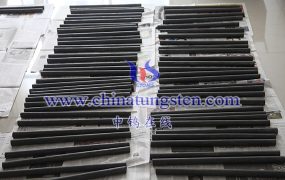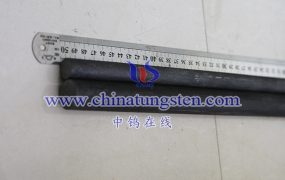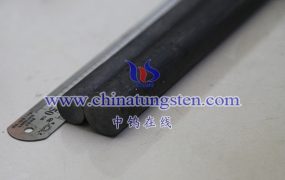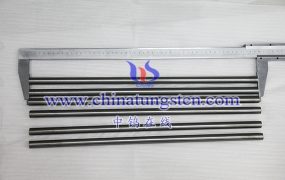The following are some of the main effects of high temperature annealing on the tensile properties of TZM alloy:
Grain size and grain boundary activity: high temperature annealing can promote grain growth and grain boundary activity. Through annealing, the originally smaller grains can grow to form larger grains, improving the ductility of the material. At the same time, the increased mobility of the grain boundaries is conducive to absorbing stress and deformation and improving the plasticity of the material.
Internal stress relief: During high temperature annealing, internal stress and residual stress may be eliminated. Through annealing, the stress inside the material can be released, reducing the brittleness and creep sensitivity of the material, thereby improving the ductility and toughness of the material.
Diffusion of grain boundaries and redistribution of alloying elements: High temperature annealing causes diffusion of grain boundaries and redistribution of alloying elements. This helps to tune the alloy’s chemical composition and grain structure, thereby improving the material’s mechanical properties. For example, annealing can reduce the precipitation of carbides at grain boundaries and enhance the stability and ductility of grain boundaries.
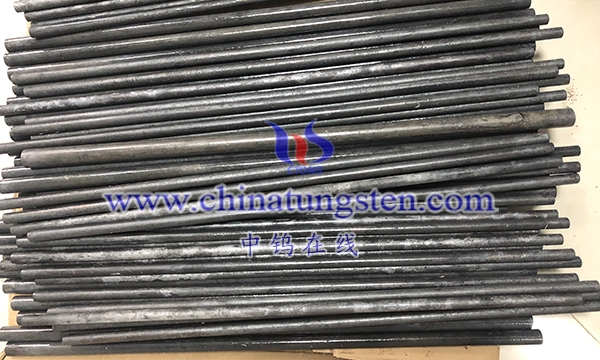
More details of molybdenum or molybdenum alloy products, please visit website: http://molybdenum-alloy.com/index.html
Please contact CHINATUNGSTEN for inquiry and order of molybdenum alloy products:
Email: sales@chinatungsten.com
Tel.: +86 592 5129595


